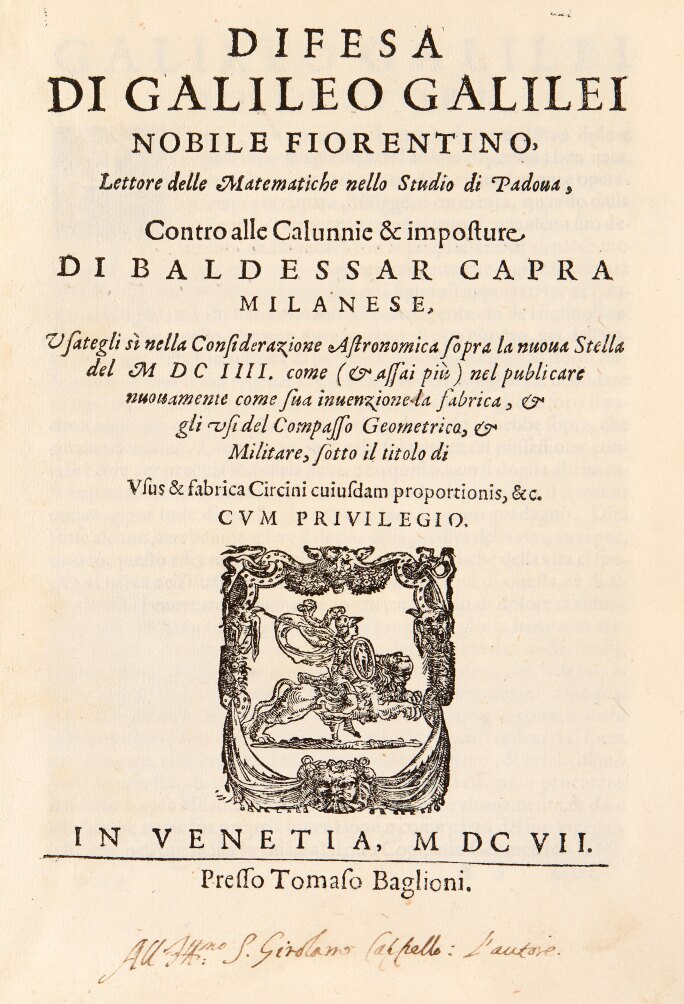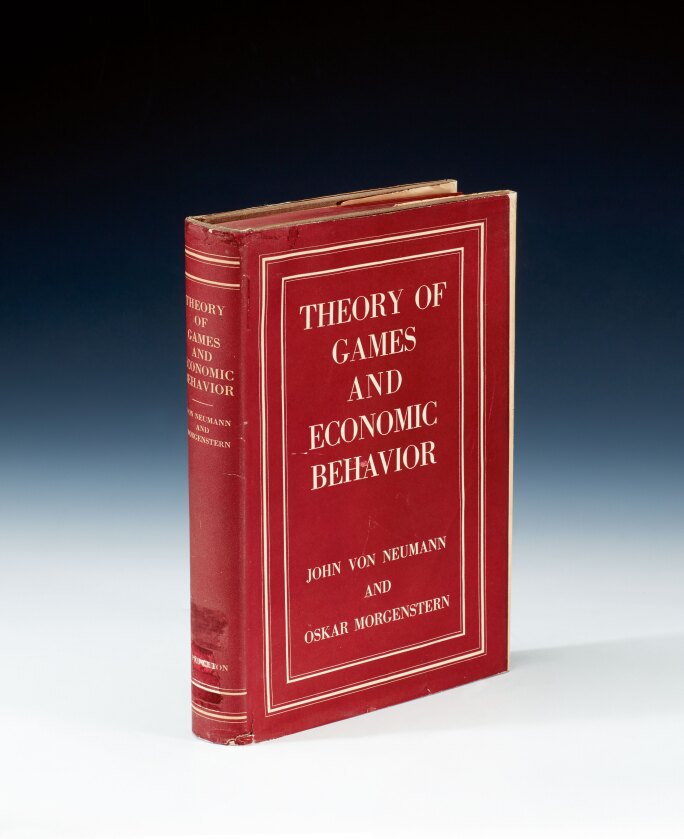"E rwin Tomash (1921–2012) was born in St. Paul, Minnesota shortly after the family had moved there from Moldavia. He attended the University of Minnesota, completing a bachelor’s degree in electrical engineering in 1943. He became a second lieutenant in the Army Signal Corps and was awarded a Bronze Star for his war-time service in France.

After the War he started on graduate work at his old university but left when he received a job offer from the Naval Ordnance Laboratory. In 1950 he moved back to St. Paul to join a group of engineers that had worked on code breaking during the war and had established Engineering Research Associates to continue that work with a contract with the Navy. As part of that activity they constructed an early computer known as Atlas, later rebranded commercially as the ERA 1101.
Erwin approached his interest in computer history with the same set of organisational and research tools that had served him well in the industrial engineering world. He used his contacts to promote the CBI archive and used his research skills to search other means to preserve historical documents and artifacts.
Venice, 1607. Estimate £300,000-400,000.
As the collection grew Erwin had to make decisions as to why he was collecting and what subjects interested him most. It has been said that the three most important inventions that eased calculation were the invention of the Hindu-Arabic positional number system with the use of a zero, the 1614 creation of logarithms by John Napier, and the modern computer. He settled on those subjects together with early books on arithmetic, gauging, mathematical instruments, surveying instruments, mechanical calculating machines and commercial tables (ready reckoners).
While he did not expressly collect material on mathematical subjects such as algebra or calculus, he made an exception for items that may have associations with early inventors or practitioners such as the mathematical works of William Oughtred, calculus books and other mathematical items by Charles Babbage and both the game theory and functional operators work by John von Neumann.
Some people collect, and others acquire. Erwin was a collector and firmly believed that there was no point in simply obtaining something to say you owned it, but rather that it should be used. To this end he would spend several hours each day with the collection: items had to be regularly checked, any damage repaired, databases updated, catalogues pored over, items compared and carefully read to check that any previous reports on each item were correct."
In 2008, Erwin Tomash and Professor Michael R. Williams put together the definitive bibliography on the collection. In the preface Tomash set out that his “intention in creating this library has been to gather primary sources in a way that has not been done before in order to reveal and illuminate the sequence of the development of computing."
On Sunday 16 September, Professor Williams will be in conversation with Dr David Goldthorpe to discuss the highlights and history of the collection. If you would like to attend, please RSVP via the link below.
To RSVP click here
Click the banner below to view the sale catalogue.




